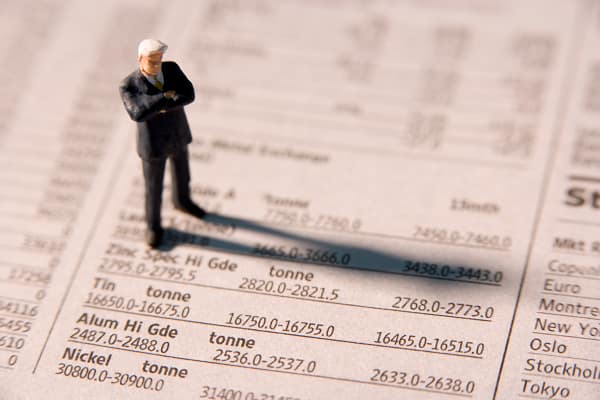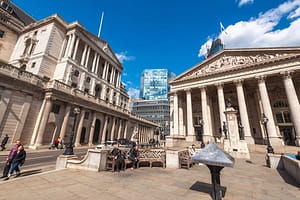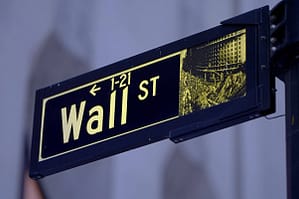With less than one month left until the end of the tax year, many experienced investors will have completed their tax year end routine by now: ISAs (perhaps for the whole family), pensions (if not caught up by the allowance cuts) and crystallising any capital gains.
Despite this, many will be looking at a sizable tax bill. Tax increases that take effect on 6 April will see next year’s bill grow even larger.
New tax rules applicable from 6 April 2023
- The income tax additional rate threshold is lowered from £150,000 to £125,140.
- Capital Gains Tax allowance drops from £12,300 to £6,000 (and to £3,000 in 2024).
- Dividend annual allowance reduces from £2,000 to £1,000 (and then £500 from 2024).
- On a positive note, the SEIS allowance increases from £100,000 to £200,000 enabling investors to put more into the scheme.
Alex Davies, CEO and founder of Wealth Club, the UK’s largest broker of tax-efficient investments, said, “We are just one month away from a series of more onerous tax increases. Around 232,000 more people will be paying the top rate of tax, many allowances have been frozen until 2028 and the dividend and capital gains tax allowances are being decimated. Fortunately, there are still legitimate ways to reduce the tax you pay, from investing in pension and ISAs to crystallising capital gains liabilities now rather than next year.
If you are an experienced investor and are prepared to take more risk, consider investing in early-stage businesses through venture capital schemes such as VCTs, EIS and SEIS. Not only are they very tax efficient, but your money goes to entrepreneurial companies, which is great for the UK’s economic growth and job creation. Each offers a different mix of tax benefits. Which you go for will largely depend on circumstances and how much risk you’re prepared to take. As a rule of thumb, the greater the tax benefits, the higher the risk.”
- Venture Capital Trusts (VCTs) offer up to 30% income tax relief, so on a £10,000 investment you could get £3,000 back. Returns are paid through regular tax-free dividends, which is a nice bonus. The allowance is a very respectable £200,000 a year.
- Enterprise Investment Scheme (EIS) investments also offer up to 30% income tax relief. There are no tax-free dividends, but one bonus here is that you can also defer chargeable capital gains you’ve realised. For as long as you stay invested in any EIS, you can forget about the CGT bill. It will only become payable once you come out of the EIS, unless you re-invest the money into another. The allowance is a whopping £1 million a year or £2 million if you invest at least £1 million into “knowledge intensive” companies.
- The Seed Enterprise Investment Scheme (SEIS) is the real winner when it comes to tax savings. You receive up to 50% income tax relief and you can also halve a capital gains tax bill. The allowance is more modest but still an extremely generous £100,000 (increasing to £200,000 next year). But that probably doesn’t matter too much when you consider a £100,000 investment could save you up to £50,000 income tax plus £14,000 capital gains tax.
Get back tax you’ve already paid
A valuable but often overlooked perk of EIS and SEIS investments (but not VCTs) is they allow ‘carry back’. As the name suggests, this means you can choose to offset the tax relief against the previous tax year and get back tax already paid. You can also claim for manager research, so keep that in mind.
However, there is a catch. To be able to carry back to the 2021/22 tax year, your money must be invested – and the shares allotted – by 5th April 2023. If this deadline is not met, you can of course still offset the tax relief against the current tax year.
Protect as much as possible of your portfolio from Inheritance tax
Pensions can be passed on to the next generation relatively tax efficiently. EIS and SEIS investments should be IHT free after two years too.
The greatest IHT threat probably comes from where you least expect it: your ISA. Contrary to what many think, ISAs are not IHT free. So, if you do nothing, up to 40% of your fund could eventually be eaten up by tax.
An alternative is to invest in an AIM ISA, a managed portfolio of AIM shares that can be IHT free after two years. You still get the ISA benefits of tax-free income and growth for as long as you live, but you don’t need to worry about IHT on top. In addition to investing your £20,000 ISA allowance into an AIM ISA you can also transfer existing ISAs into an AIM ISA making that money inheritance tax free too.
Use your Capital Gains Tax Allowance
Currently, Individuals have a £12,300 annual capital gains tax allowance, meaning investors can make £12,300 in capital gains before becoming liable for capital gains tax. This allowance drops to £6,000 from April 2023, and to £3,000 from April 2024. The message is clear, use it or lose it. Investors in funds who are happy with their portfolio could consider selling a fund that’s performed well and buying something very similar, for instance you sell one US equity tracker and buy another.
The most important thing of all
If you’re planning to do anything this tax year and you spot an investment opportunity you like now is the time to act. Delay even by a couple of days and you might find your options are limited.
Popular VCTs are filling up fast, and a number of offers are very close to capacity. The deadlines for EIS and SEIS investments allotting this tax year are also looming.






Leave a Comment